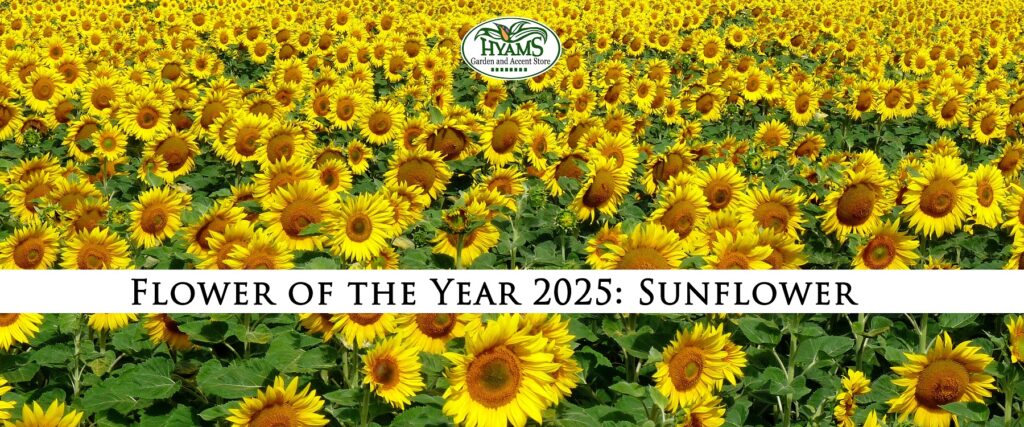Grown for their flowers and often attractive foliage, CAMELLIAS are a genus of evergreen shrubs and small trees. They have long been valued for their luxuriant, rich green foliage and masses of showy flowers, in shades of white, pink, red and yellow, borne mainly in winter and spring.
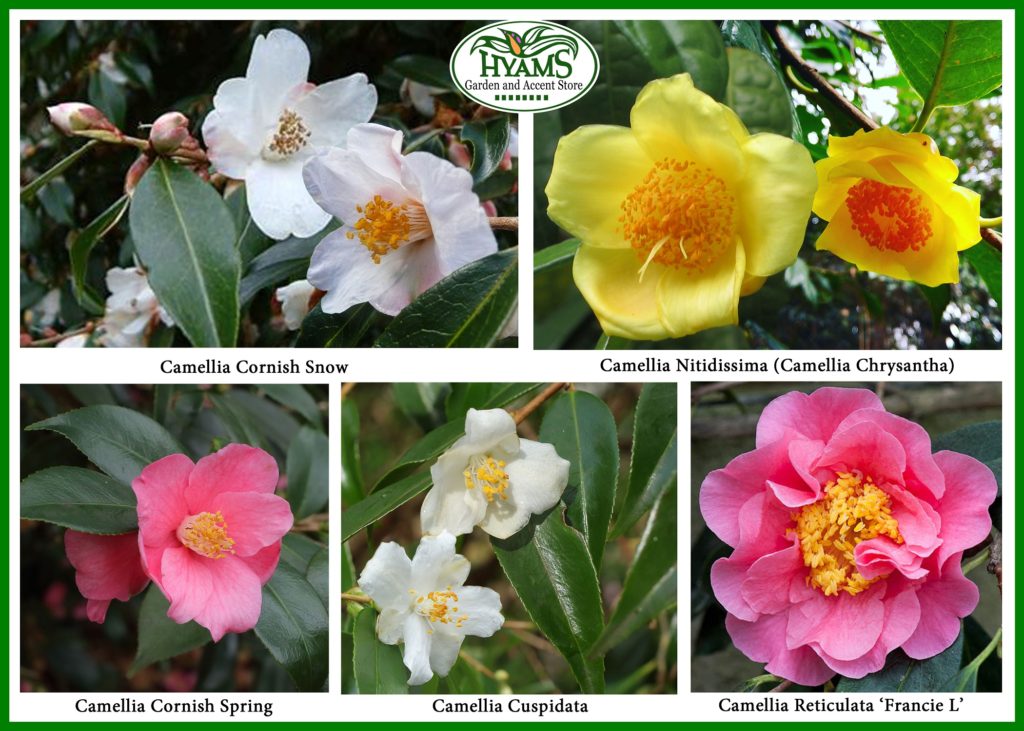
Camellias grow well against walls and in containers and are ideal for shady gardens. Once upon a time it was thought that camellias were suitable only for greenhouses. However, if grown in sheltered positions, many types of camellias have proved to be frost hardy to zone 6. Of course, their blooms do suffer frost and rain damage. Most types prefer a sheltered position and semi-shade. Well drained, neutral to acidic soil is essential to camellias. They need to be pruned to shape after flowering. Propagate by semi ripe or hardwood cuttings from midsummer to early winter or by grafting in late winter or early spring. Aphids, thrips, and scale insects may cause problems under glass.
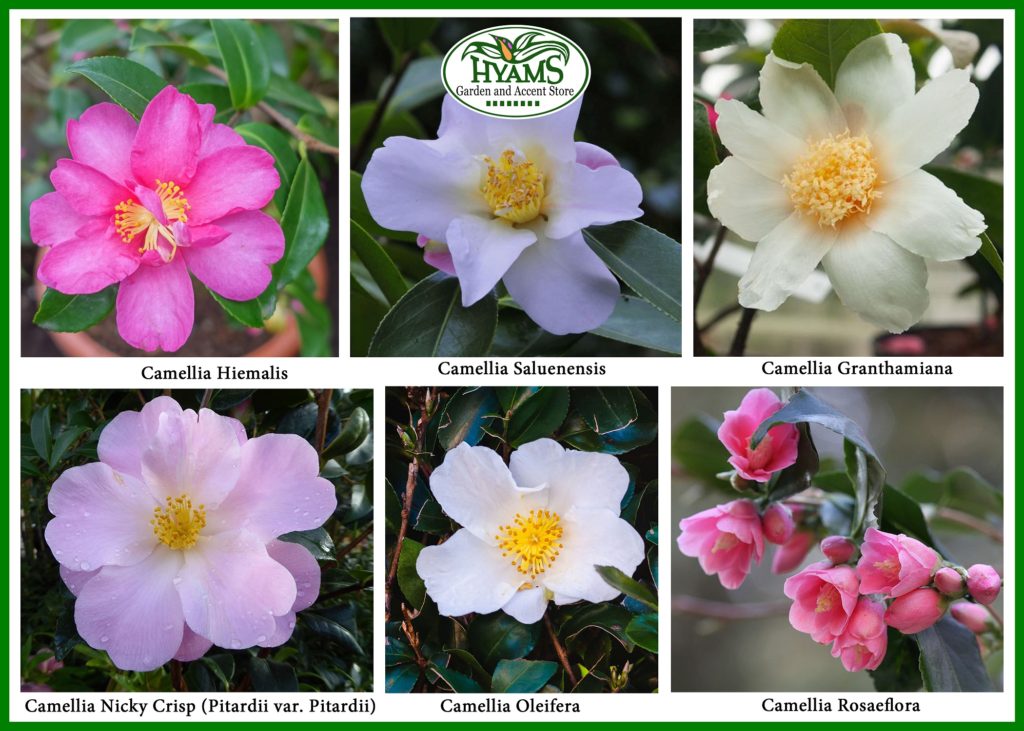
Camellias are classified according to the flowering types, namely, single, semi double, anemone-form, peony-form (sometimes termed irregular double), rose form and formal double. ‘Cornish Snow’ is a single form camellia while ‘Alba Plenna’ and ‘Black Lace’ are examples of formal double Camellia Japonica. ‘Debbie’ is a peony form hybrid between camellia and williamsii while ‘Nobilissima’ is a peony form camellia Japonica. ‘J. C. Williams’ single form hybrid between camellia and williamsii while ‘Jury’s Yellow’ is an anemone form hybrid between camellia and williamsii. ‘Lavinia Maggi’ is a formal double camellia Japonica while ‘Water Lily’ is a formal double hybrid between camellia and williamsii. ‘Inspiration,’ ‘Spring Festival’ and ‘Freedom Bell’ are semi double forms of camellia while ‘Hagoromo,’ ‘Janet Water House’ and ‘Tricolor’ are examples of semi double form Camellia Japonica.
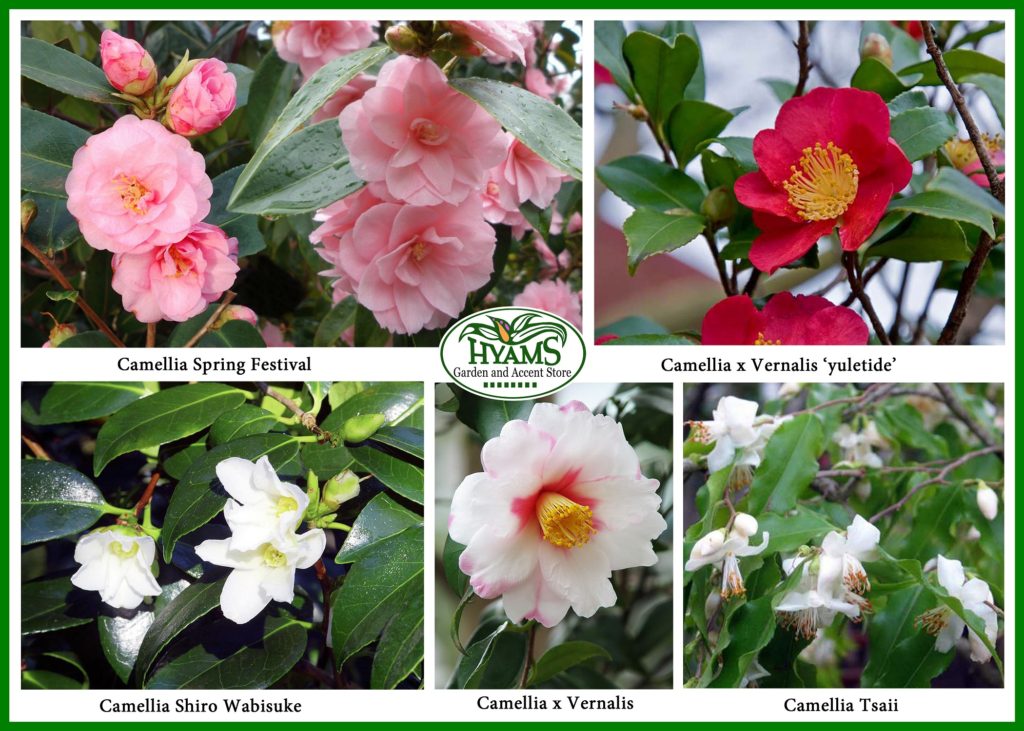
Flowers of ‘Single flowering type camellias’ have not more than 8 petals and are arranged in a single row with a conspicuous central boss of stamens. Flowers of ‘Semi double flowering type camellias’ have 2 or more rows of 9 to 21 regular or irregular petals and usually have conspicuous stamens. Flowers of ‘Anemone-form flowering type camellias’ have one or more rows large outer petals lying flat or undulating with a domed center having a mass of intermingled petaloids and stamens. Flowers of ‘Peony-form flowering type camellias’ have irregular petals intermingled with petaloids and stamens. ‘Rose-form flowering type camellias’ have several rows of overlapping petals and open to reveal a few stamens in the center. ‘Formal double flowering type camellias’ have rows of neatly overlapping petals that obscure the stamens.
“Encyclopedia of Plants and Flowers,” edited by Christopher Brickell, lists the following types of camellias:
Camellia ‘Black Lace’ (Camellia Reticulata) is a slow growing, dense, upright shrub with ovate, dark green leaves that produces large, formal double, deep velvet-red flowers from early to late spring. Camellia Black Lace is fit for zone 7 to 8.
Camellia Chrysantha (Camellia Nitidissima) is a fast growing, evergreen, open shrub or tree with large, ovate, leathery, veined, dark green leaves which occasionally produces small, stalked, single, clear yellow flowers from leaf axils in early spring. Camellia Nitidissima is fit for zone 7 to 8.
Camellia Cornish Snow (Camellia Cuspidata) is a fast growing, evergreen, upright, bushy shrub. It has lance-shaped leaves which appear bronze colored when they are young and dark green when matured. From late winter to spring this shrub bears a profusion of small single white flowers and is fit for zone 7 to 8.
Camellia Cornish Spring is a dense, compact, upright evergreen shrub with lance-shaped leaves that appear tinged-bronze when young. In spring it bears a profusion of small, single, bright pink flowers. This shrub is best in shade and is fit for zone 7 to 9.
Camellia Cuspidata is an evergreen, upright shrub that grows bushy with age. Its leaves are small and lance-shaped, bronze in color when young and look purplish green when mature. Small, single, pure white flowers bloom from its leaf axils in early spring. This Camellia is fit for zone 7 to 8.
Camellia Japonica is an evergreen shrub that is very variable in hardiness, habit, foliage and floral form. It is a cold tolerant shrub and some of its clones are among the most cold-resistant of the genus. It is fit for zone 7 to 8 and most of its cultivars flower in spring. The following are some of the Camellia Japonica Cultivars: Adelina Patti (single rose-pink flowers with white margins and golden yellow anthers), Adolphe Audusson (large, semidouble, dark red flowers with prominent yellow stamens), Alba Plena (large, formal double white flowers), Alba simplex b (single white flowers occasionally flecked pink), Alexander Hunter (single deep crimson flowers with some petaloids), Althaeiflora (large, peony-form, dark red flowers), Annie Wylam (two-tone pink peony-form flowers), Paul’s Apollo (semi-double red flowers sometimes blotched white), Berenice Body (semi-double light pink flowers), Betty Sheffield Supreme (loose peony-form flowers with white petals bordered with shades of rose pink), Bob Hope (large, semi-double or peony-form bright red flowers with golden stamens), Bob’s Tinsie (miniature anemone-form, brilliant red flowers), Brushfield’s Yellow (anemone-form cream flowers with a pale yellow center), Coquettii (medium to large deep red flowers usually formal double, at times peony-form), Desire (large, formal double, very pale pink flowers with darker pink margins), Elegans (anemone-form, deep rose-pink flowers with central petaloids often variegated white), Elizabeth Weaver (large coral-pink formal double flowers), Gloire de Nantes (semi double, bright rose pink flowers), Guilio Nuccio (large, semi double, rose red flowers with wavy petals and often a confused center of petaloids and golden stamens), Hagoromo (semi double, blush-pink flowers with scoop-shaped petals), Janet Waterhouse (semi double white flowers with golden anthers), Julia Drayton (large crimson flowers varying from formal double to rose form), Jupiter (large single pinkish-red flowers with golden stamens and white filaments), Kumasaka (formal double or peony form, deep rose pink flowers sometimes red-streaked with smaller inner petals), Lady Vansittart (Medium, semi double, white flowers with flushed rose-pink), Lavinia Maggi (formal double white flowers strongly striped and flecked with pink and carmine), Lily Pons (single or semi double white flowers with long spoon shaped petals), Lovelight (large, semi double, pure white flowers), Magnoliflora (synonym of Hagoromo), Margaret Davis (Peony form blooms, ruffled, creamy white petals with bright rose-red edges), Masayoshi (semi double, red flowers), Nobilissima (peony form, lemon tinted, white flowers), Nuccio’s Jewel (peony form white or pale pink flowers), Rubescens Major (formal double, crimson-veined, rose-red flowers), San Dimas (medium, semi double, rich red flowers with prominent golden-yellow stamens), Tricolor (synonymous with Camellia Japonica Sieboldii bears medium, single or semi double red flowers that are striped pink and white), Tomorrow Park Hill (irregular double flowers with pink outer petals), Tomorrow’s Dawn (pale pink flowers bordered white and often red-streaked).
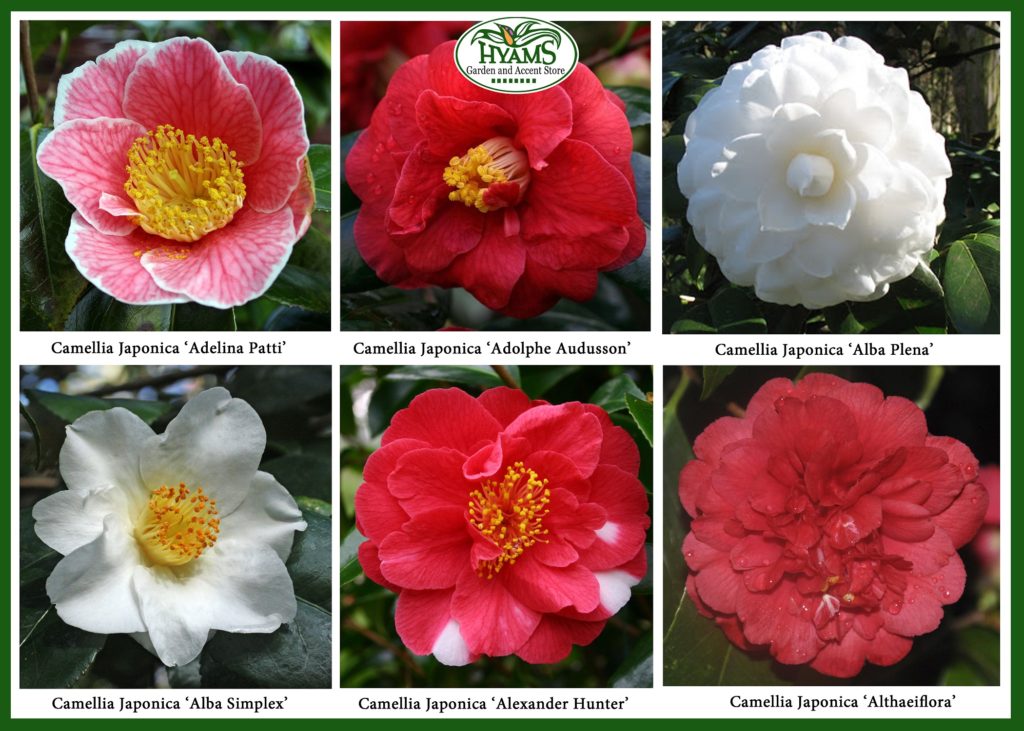
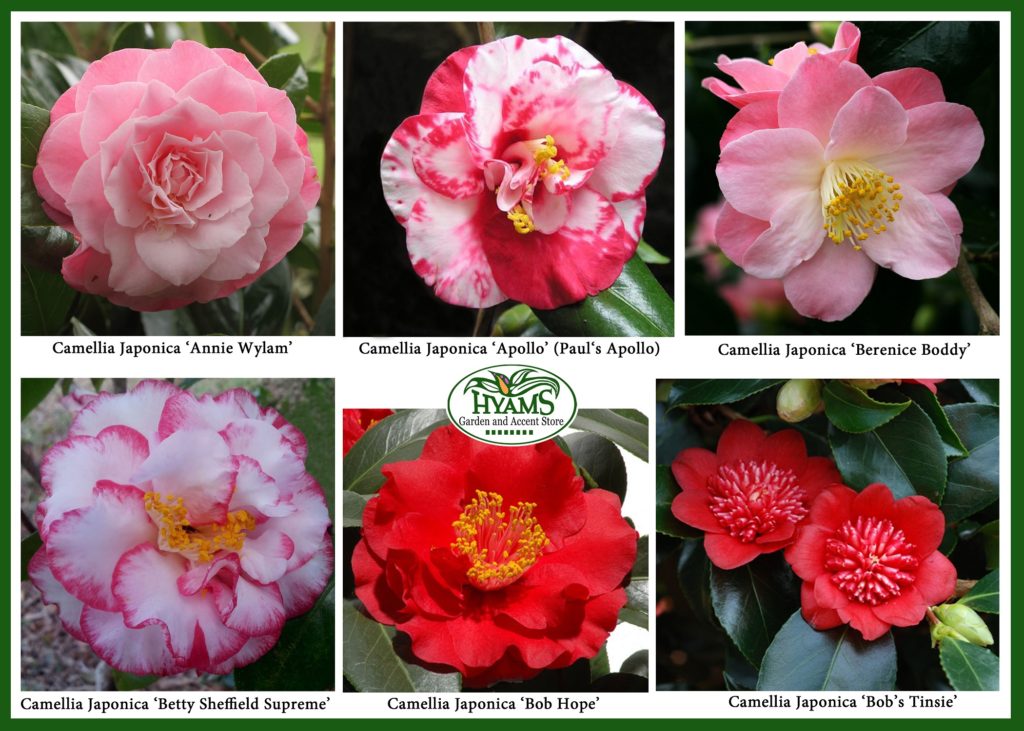
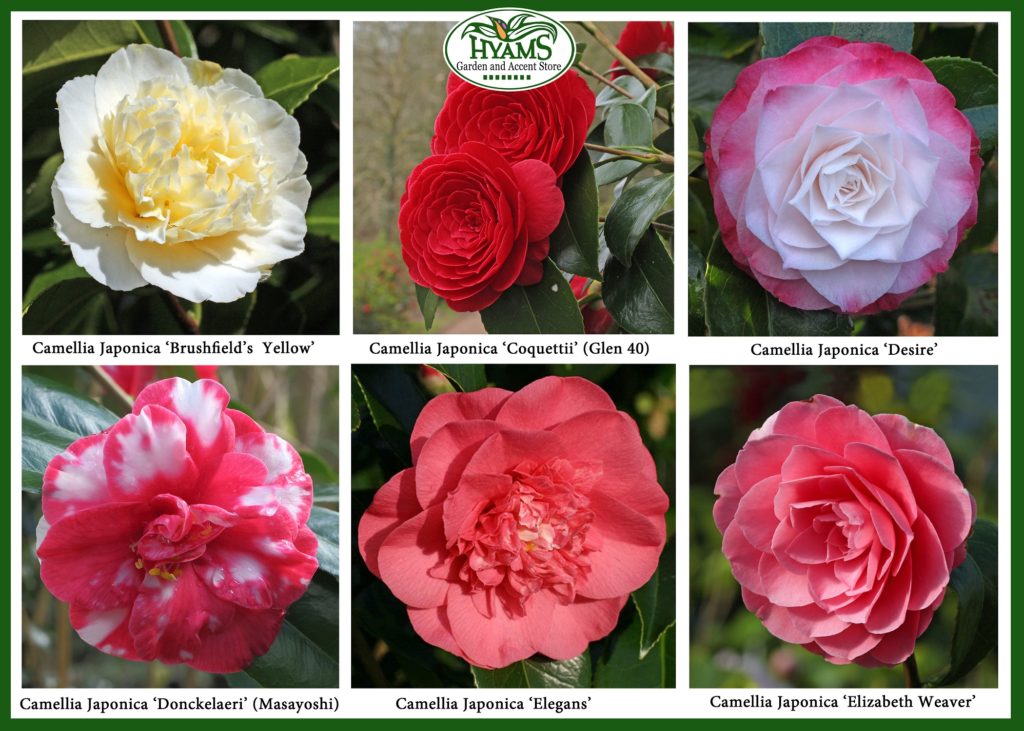
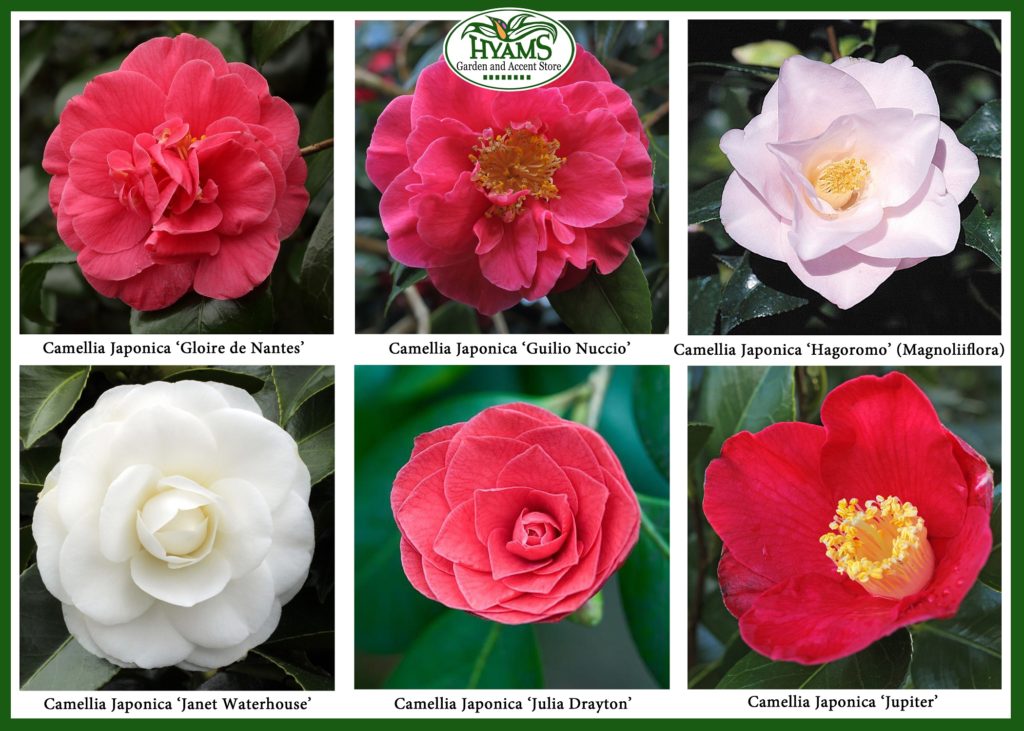
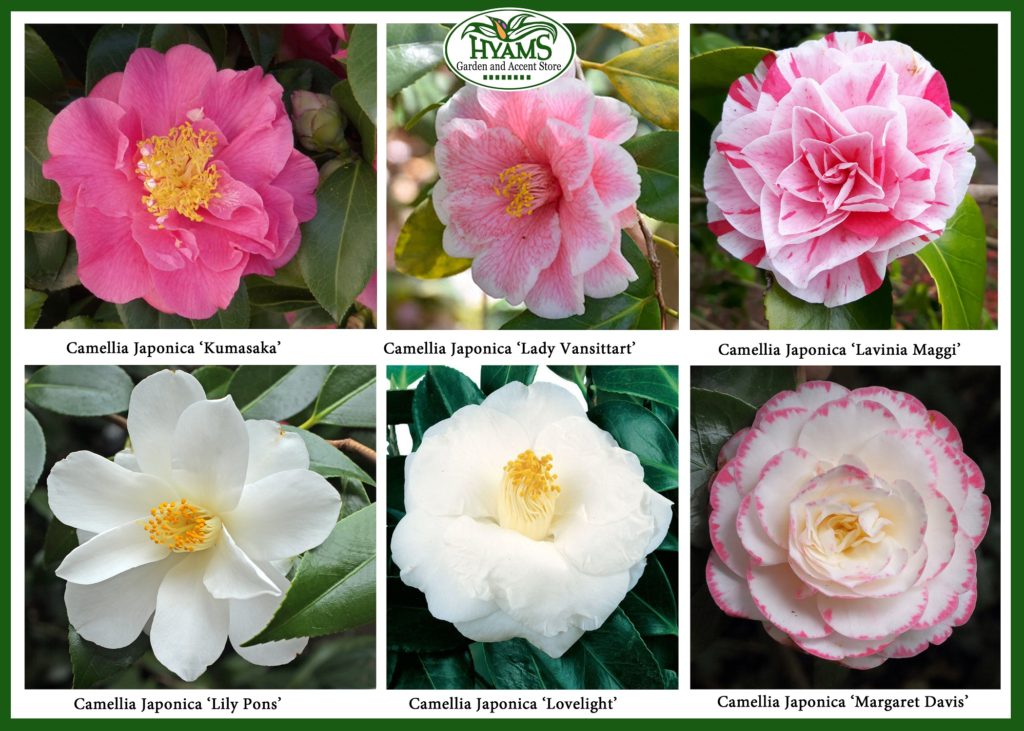
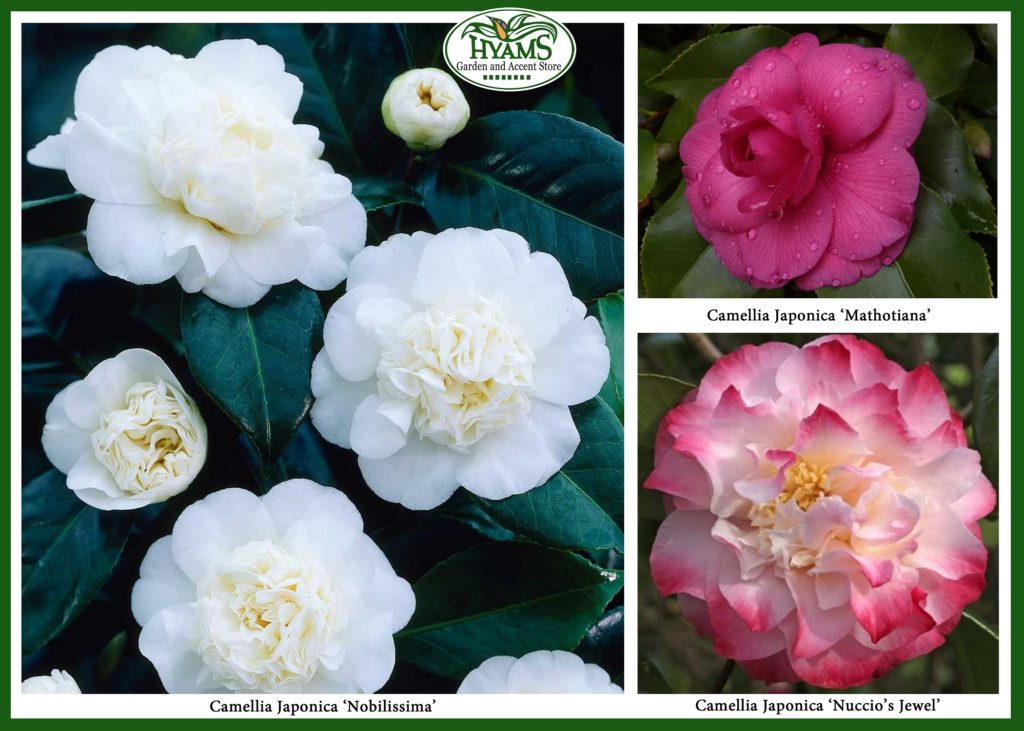
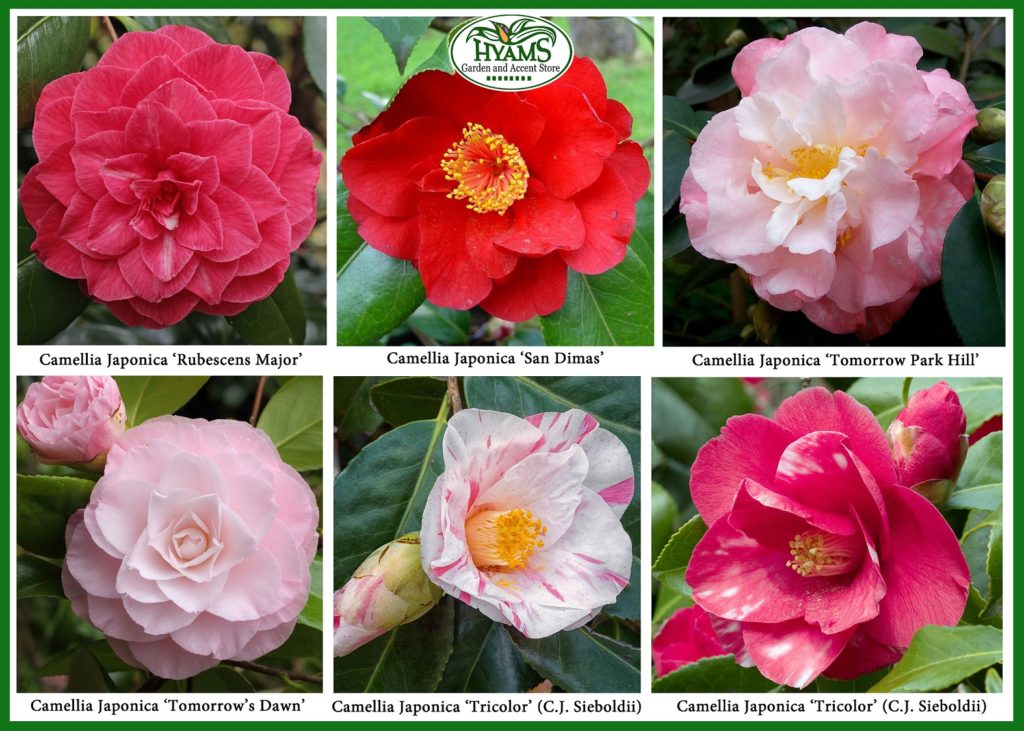
Camellia Leonard Messel (a hybrid of Camellia Reticulata) is an evergreen open shrub with matte dark green large, ovate, leathery leaves. In spring it bears a profusion of large, loose semi double rose-pink flowers. This camellia is fit for zone 7 and 8.
Camelia Nicky Crisp (synonymous with Camellia Pitardii var. Pitardii) is an evergreen, compact, upright slow growing shrub with oblong or broadly elliptic dark green leaves. From late winter to mid spring camellia Nicky Crisp bears a profusion of semi double, pale pink flowers. It is fit for zone 7 to 9.
Camellia Oleifera is an evergreen bushy shrub whose leaves are dark green above and light green beneath. During mid and late fall it bears a profusion of single, usually scented white flowers that are sometimes pinkish. This plant is fit for zone 6 to 9.
Camellia Reticulata is an evergreen shrub or small tree with large, broadly elliptic, leathery dark green leaves. During the spring it bears large, single, rose-pink, salmon-red flowers. If the plant is housed in a glass or sheltered location, it produces larger blooms. It is fit for zone 7 to 8. Camellia Reticulata is a parent shrub and has the following varieties or hybrids: Arch of Triumph (large, loose, peony form, orange-tinted, crimson-pink flowers), Black Lace (large, formal double, deep velvet-red flowers), Captain Rawes (large, semi double, carmine-rose blooms), Dr.Clifford Parks (semi double, peony and anemone form large, flame red flowers), Francie L (large, semi double, salmon-red to deep rose-red flowers), Harold L. Paige (peony-form, large, bright red flowers), Inspiration (semi-double, phlox-pink flowers), Lasca Beauty (large, semi-double, soft-pink flowers), Mandalay Queen (large, semi double, deep rose-pink flowers), Miss Tulare (large, bright red, peony-form flowers), Songzilin (large, formal double, deep red flowers), William Hertrich (very large, semi double or loose peony-form, bright red flowers).
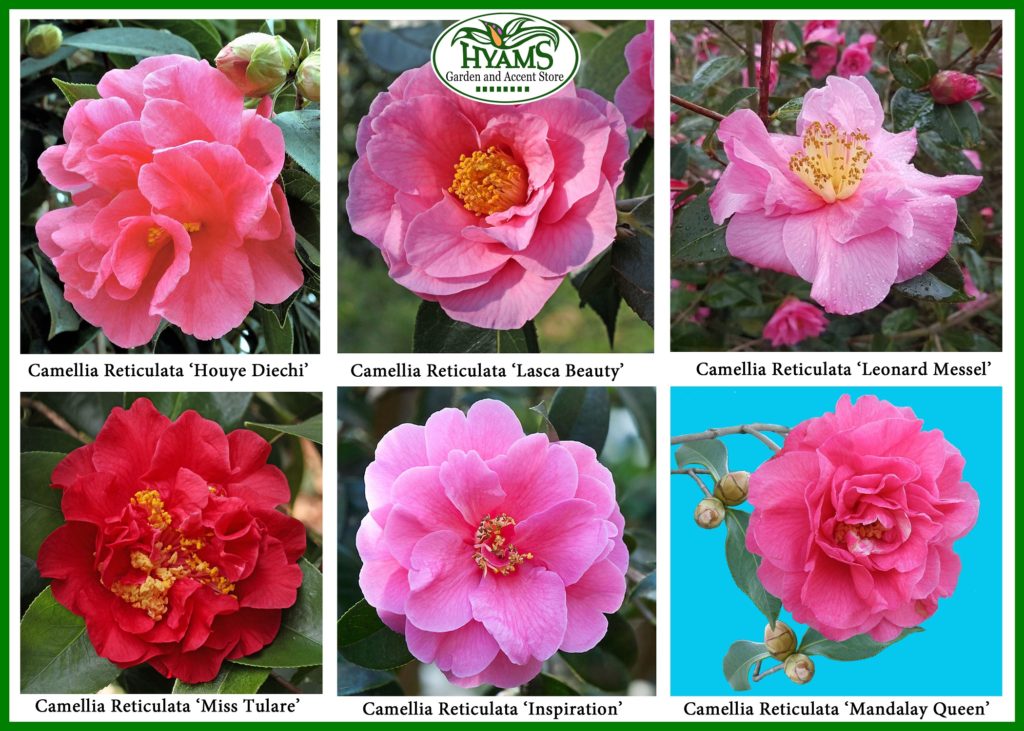
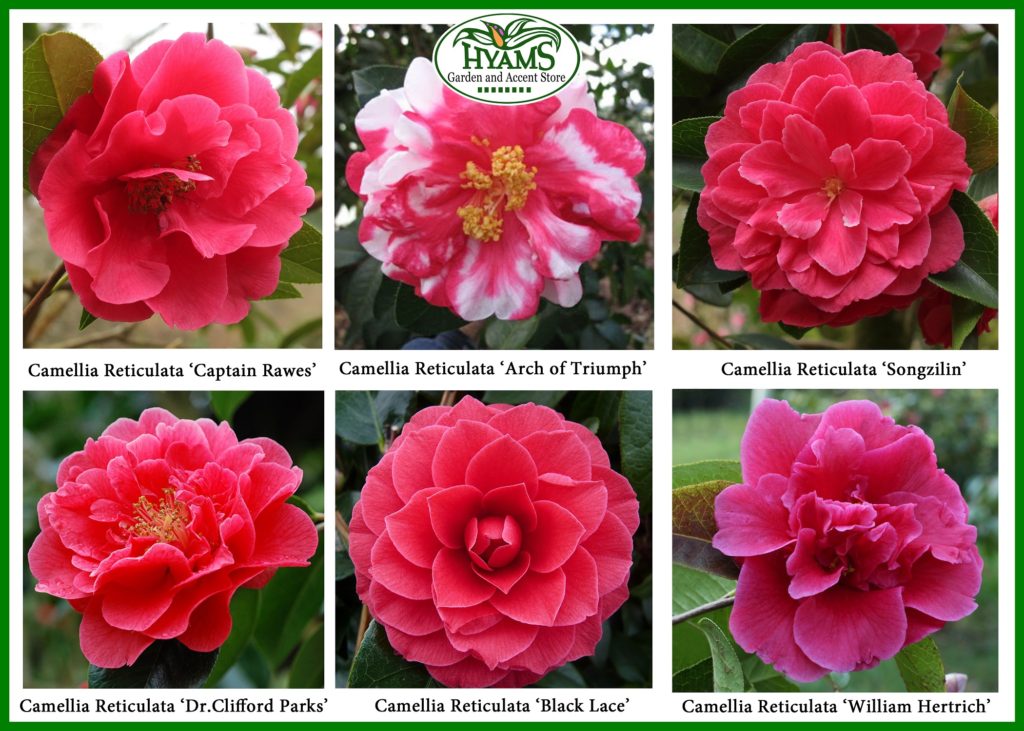
Camellia Rosaeflora is an evergreen spreading shrub with pale green and ovate fine leaves. It bears small, single rose-pink flowers in spring. This variety is fit for zone 7 to 8.
Camellia Saluenensis is a fast-growing evergreen bushy shrub with oblong to elliptic, stiff, dull green leaves. In early spring it produces single white to rose-red flowers. Some forms of Camellia Saluenensis may withstand lower temperatures. This variety is fit for zone 7 to 8.
Camellia Sasanqua is a fast-growing evergreen dense upright shrub with oblong to elliptic, glossy bright green leaves. In fall and early winter it produces fragrant, usually single, white flowers. Occasionally the flowers may turn out to be pink or red. This variety does best in a hot, sunny site and is suited for zone 7 to 8. The following are some of the varieties of Camellia Sasanqua: Hugh Evans (single rose-pink flowers), Jean May (large, peony-form to double pale pink flowers), Narumigata (large, single white flowers, sometimes pink-flushed), Shishigashira (small, semi double to loose peony from pale red flowers).
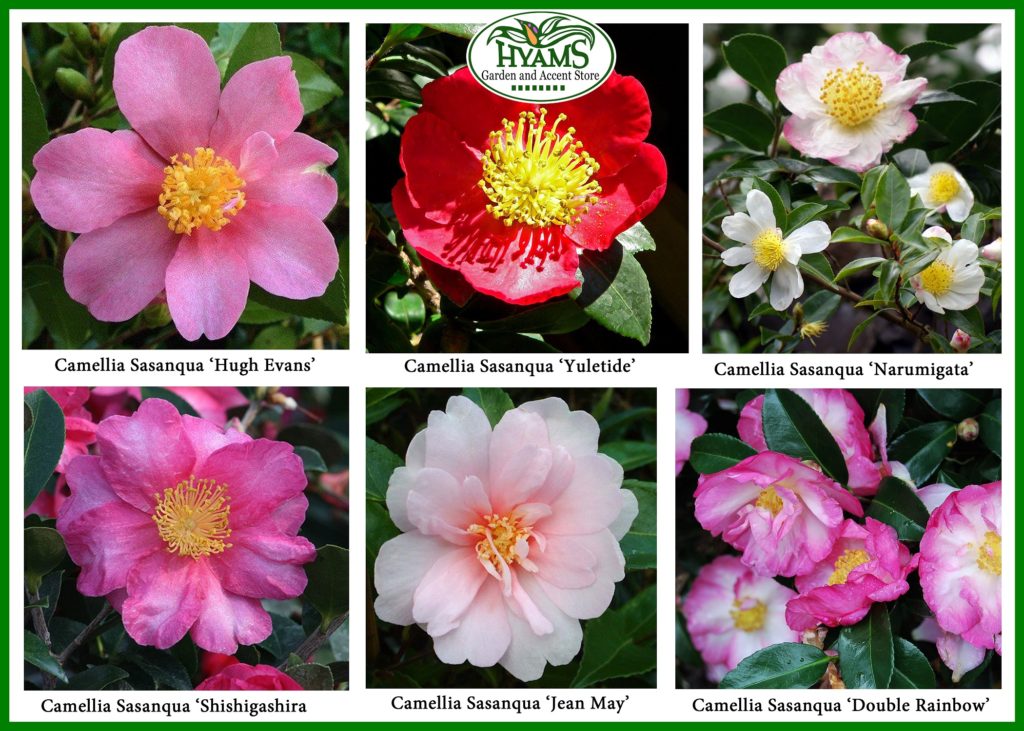
Camellia Spring Festival is an evergreen upright shrub with elliptic, dark green leaves. In mid spring it produces miniature, semi double, pink flowers. This variety is fit for zone 7 to 8.
Williamsii Cultivars are hybrid Camellias and vary greatly in habit, leaves and flowers. Flowers take various forms and sizes. Most of them are in pink shades with some in white and one or two in combined white and pink colors. Very few of Williamsii Cultivars bear red blooms. Many of these varieties start flowering in early spring and delight our hearts with a long blooming season. These hybrid cultivars are fit for zones 7 to 8. The following are the hybrids between camellia and williamsii cultivars: Apple Blossom (single, sweet scented white flowers with pale pink shades), Anticipation (large, peony-form, deep rose-pink blooms), Bow Bells (bell-shaped, single rose-pink flowers with deeper pink centers and veins), Brigadoon (semi double, rose-pink flowers with broad, down-curving petals), Debbie (large, peony-form, rose-pink flowers), Donation (large, semi double, pink flowers), Dream Boat (medium, formal double, pale purplish-pink flowers with incurved petals), E.G. Waterhouse (formal double, pink flowers), Elizabeth de Rothschild (semi double rose-pink flowers), Elsie Jury (large, full peony-form, clear pink flowers), Francis Hanger (single white flowers with gold stamens), Freedom Bell (semi double, bright red flowers), Golden Spanglers (single, deep pink flowers), J.C. Williams (single pink flowers), Joan Trehane (large, rose form, rose-pink flowers), Jury’s Yellow (medium, anemone-form, white flowers with centers of yellow petaloids), Ruby Wedding (anemone to peony form vivid red flowers), Saint Ewe (funnel-shaped, single deep pink flowers), Water Lily (formal double, , mid pink flowers with incurving petals), Wilber Foss (large, broad, peony form, brilliant pink-red flowers).
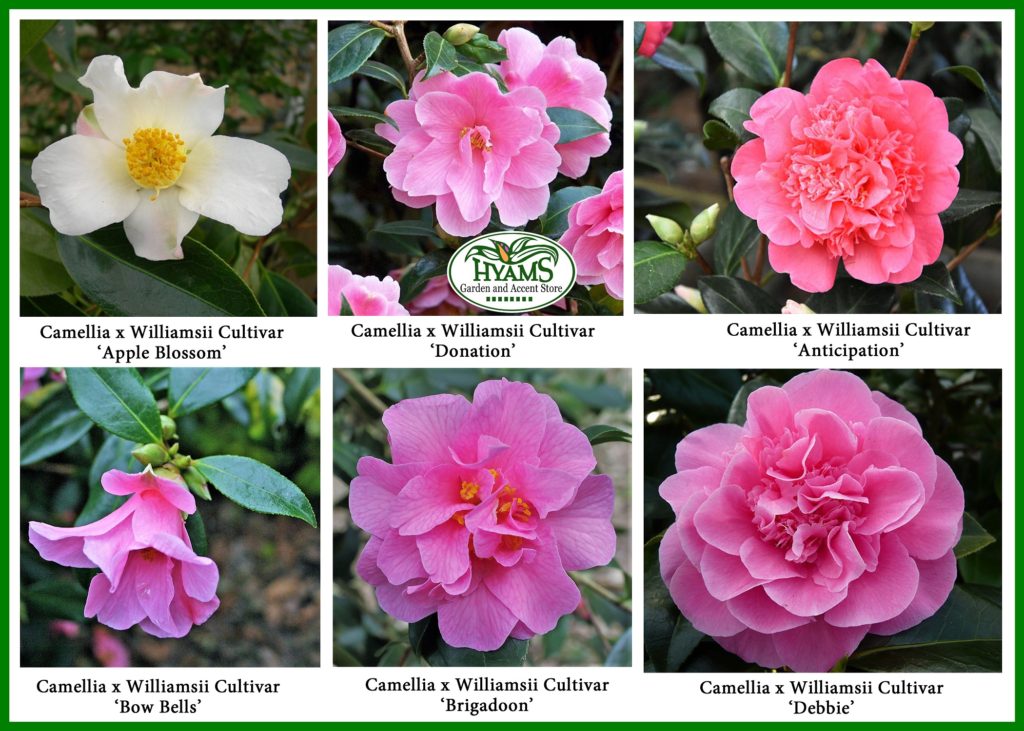
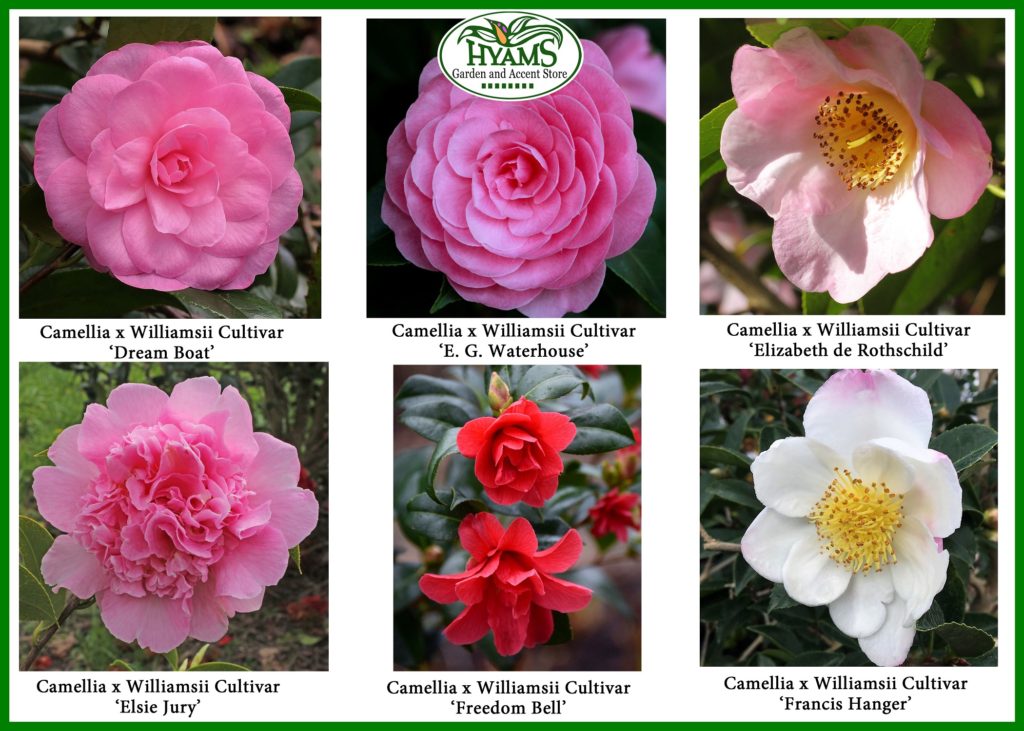
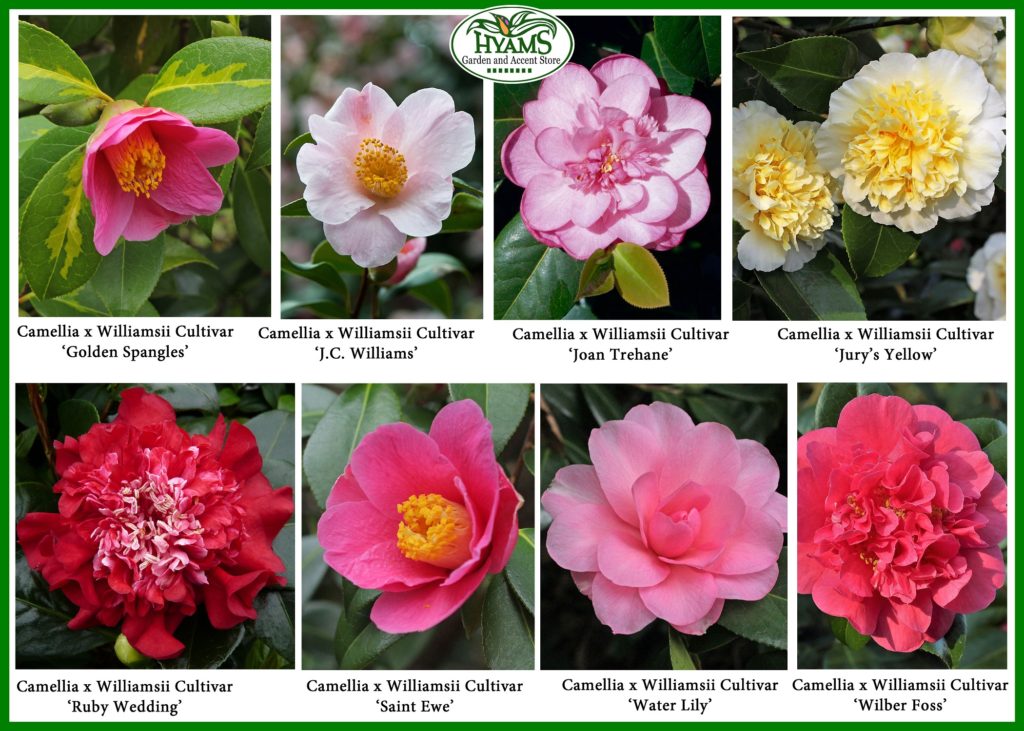
The sheer range of colors, sizes and flowering types makes it difficult to have a single symbolic significance of this incredible flower. Camellias generally embody love, affection and admiration. White camellias stand for adoration and are therefore given to someone who is very much liked. Pink Camellias are offered to a person to make them know how much he or she has been missed as they symbolize longing. Red camellias are used to celebrate love, passion and deep desire.
By Marshal and Jane Upasi
